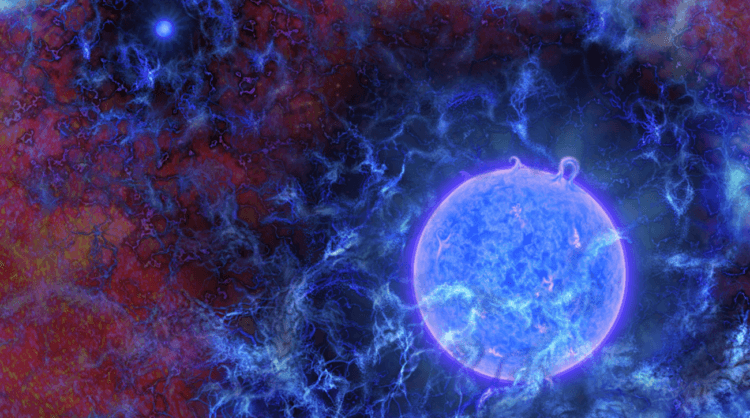Dark Photons Could Explain One of The Universe’s Greatest Mysteries
 According to a comprehensive new analysis under quantum chromodynamics, the dark photon is a much better fit for the observed results of particle collider experiments than the standard model of particle physics, by quite a wide margin.
According to a comprehensive new analysis under quantum chromodynamics, the dark photon is a much better fit for the observed results of particle collider experiments than the standard model of particle physics, by quite a wide margin.“The existence of dark matter has been firmly established from its gravitational interactions, yet its precise nature continues to elude us despite the best efforts of physicists around the world,” says Anthony Thomas, a physicist at the University of Adelaide.
“The key to understanding this mystery could lie with the dark photon, a theoretical massive particle that may serve as a portal between the dark sector of particles and regular matter.”
Dark matter is one of the greatest mysteries of the Universe. We don’t know what it is, but there is something out there that’s having a gravitational effect on normal matter.
Galaxies rotate faster than they should if they were just stuffed with normal particles. The path of light bends around massive objects more pronouncedly than it should, just based on the gravity generated by normal matter.
There are a number of candidates for dark matter out there, but we’ve yet to identify it. And the standard model is no help, really. It’s great for the physics of particles of normal matter, but it hasn’t yet been able to provide an accounting for dark matter.
One possibility is that hypothetical dark photons are involved somehow. Just as normal photons are a force carrier for electromagnetism – light – dark photons could be connected to dark matter.
Hunt-Smith and his colleagues at the University of Adelaide and the Jefferson Lab in the US investigated the products of particle collisions to search for evidence of these elusive particles.
“In our latest study,” Thomas says, “we examine the potential effects that a dark photon could have on the complete set of experimental results from the deep inelastic scattering process.”
They also included a particular thorn in the side of the standard model, the muon magnetic anomaly. Measurements of the way the muon jiggles in a strong magnetic field disagree with standard model predictions by 3 to 4 standard deviations, hinting at the activity of forces yet to be studied.
They found that introducing the possibility of a dark photon not only increases the preference for the dark photon as a candidate, it significantly reduces the muon magnetic anomaly.
“We have made use of the state-of-the-art Jefferson Lab Angular Momentum (JAM) parton distribution function global analysis framework, modifying the underlying theory to allow for the possibility of a dark photon,” Thomas says.
While considerable work remains before we can claim dark photons exist, the researchers hope their findings will persuade other anomaly researchers to check their sums for rays of light beyond the Standard Model.
The research has been published in the Journal of High Energy Physics.
Do not forget to share your opinion with us to provide you with the best posts !



0 Comments